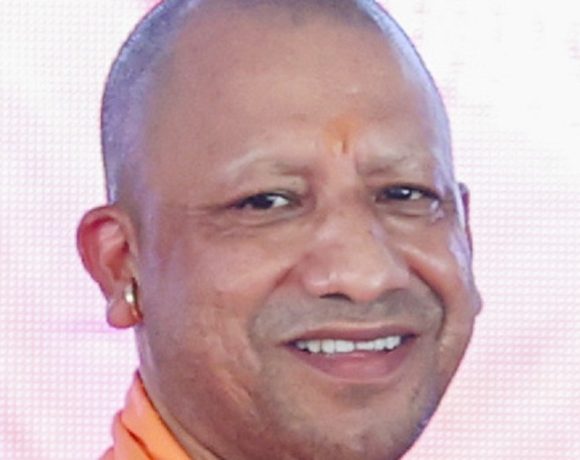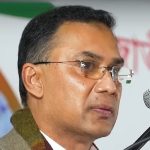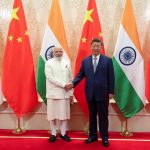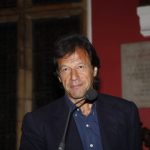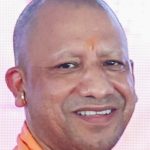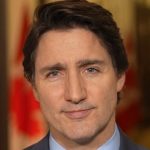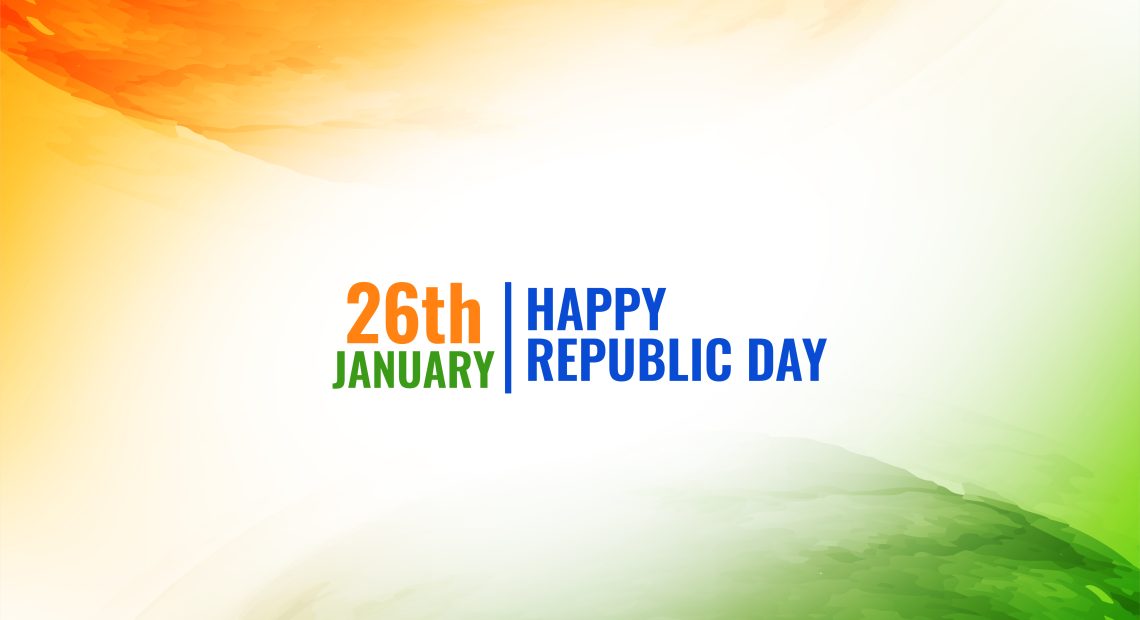
The Republic Day Spectacle: Where Hypocrisy Takes the Stage
As we dust off our patriotic hats and prepare to celebrate Republic Day, let us pause for a moment to bask in the delightful irony of it all. The grand spectacle of parades, speeches, and flag-hoisting ceremonies is a fitting tribute to a Constitution that promises equality, justice, and liberty. Of course, these lofty ideals are recited with great fervor by the same political leaders who have treated the Constitution like a buffet—taking what suits them and conveniently ignoring the rest. Ah, democracy, Indian style!
Let us begin with the original maestro of constitutional gymnastics: Indira Gandhi. When the courts dared to question her legitimacy as Prime Minister in 1975, she didn’t just fight back—she went for gold. Declaring a state of Emergency, she effectively put the Constitution on a two-year vacation. Fundamental rights? Too messy. A free press? Too noisy. Rule of law? Too inconvenient. But don’t worry—this was all done “for the people.” She even gave us the 42nd Amendment, a charming little document that basically turned democracy into a one-woman show. And yet, come Republic Day, she would stand tall, preaching about constitutional values. If hypocrisy were an Olympic sport, Indira Gandhi would have been a multiple gold medalist.
And then there was the “family planning experiment”—or as the public remembers it, the era of forced sterilizations. Under the able leadership of her son Sanjay Gandhi, millions of men were coerced into sterilization drives to meet absurd population control targets. Of course, this too was done “for the nation.” Nothing says democracy like bulldozing over people’s basic rights with surgical efficiency.
Now, skip ahead to her son Rajiv Gandhi, who wasn’t far behind in treating the Constitution like a recommendation rather than a rulebook. When the Supreme Court granted alimony to Shah Bano, Rajiv swooped in to overturn the judgment with the Muslim Women (Protection of Rights on Divorce) Act. Secularism? Women’s rights? They’re great for campaign speeches, but let’s not get carried away when votes are on the line. But even Rajiv wasn’t immune to the charms of lofty Republic Day rhetoric, where he could extol the virtues of justice while rewriting its definition in practice.
And let’s not forget Jawaharlal Nehru, the very architect of modern India, who held the Constitution close—except when it got in his way. The First Amendment in 1951 was his gift to India, designed to curb freedom of speech and property rights when they clashed with his policies. But of course, Nehru sold it as a necessary reform to uphold democracy. When the Supreme Court inconveniently struck down laws he liked, Nehru decided the Constitution needed “fine-tuning.” What vision, what foresight! Every Republic Day parade since has him smiling down from posters, no doubt amused at how his heirs have perfected the art of selective constitutional devotion.
Moving forward in time, P.V. Narasimha Rao, the “Father of Economic Reforms,” was also a man of creative interpretations. Facing a no-confidence motion, Rao allegedly turned Parliament into a flea market where votes were up for grabs. Nothing says “Constitutional democracy” like a little behind-the-scenes deal-making, right? Rao’s legacy of reforms remains celebrated, but his legacy of turning Parliament into an auction house? Not so much.
And then we had Manmohan Singh—sorry, the Sonia Gandhi government. While Singh wore the crown, it was Sonia who wielded the scepter through the National Advisory Council (NAC), a completely unconstitutional body that operated like a shadow government. Why let silly things like parliamentary procedures get in the way when you can just run the country from behind a curtain? Manmohan Singh, always the dutiful figurehead, watched it all unfold with a quiet dignity that could only be described as…well, silent.
The Janata Party tried its hand at democratic restoration after the Emergency but left enough authoritarian tools lying around, just in case. They rolled back parts of the 42nd Amendment but thoughtfully left others intact. After all, why dismantle a perfectly good power structure when you might need it later?
And Atal Bihari Vajpayee, the poet-statesman, gave us his now-famous “Raj Dharma” advice during the Gujarat riots. Powerful words, truly. But his inaction during the crisis was a masterclass in rhetorical brilliance coupled with executive inertia. “Unity in diversity” was the theme of his Republic Day floats, even as the ground reality painted a far grimmer picture.
Today, the Constitution remains as malleable as ever. Sedition laws? Perfect for dealing with pesky journalists. President’s Rule? A handy way to sack state governments you don’t like. Freedom of speech? Cherished in theory, gagged in practice. Our current leaders give stirring speeches about the Constitution’s greatness, carefully omitting the fine print of their own convenient interpretations.
So here we are, on the cusp of another 26th January, gearing up to celebrate a Constitution that is held aloft in speeches but dragged through the mud in practice. The tanks will roll down Kartavya Path, the jets will paint the sky, and politicians will deliver stirring speeches about the greatness of our Constitution—pausing only to wonder if it’s still in the drawer where they last left it.
Happy Republic Day, India! May our leaders continue to inspire us with their breathtaking hypocrisy, their unwavering dedication to self-interest, and their remarkable ability to turn the Constitution into both a pedestal and a doormat. Clap along, cheer the parade, and enjoy the show. After all, this is the world’s largest democracy—and boy, do we know how to put on a performance!





